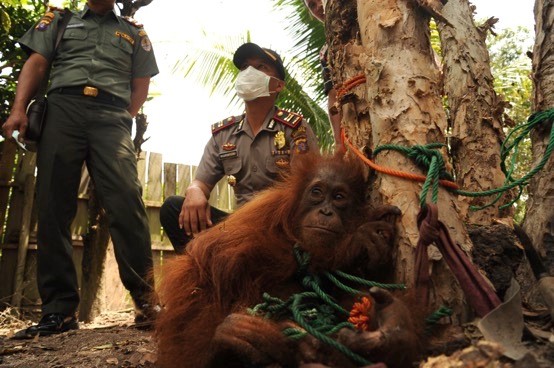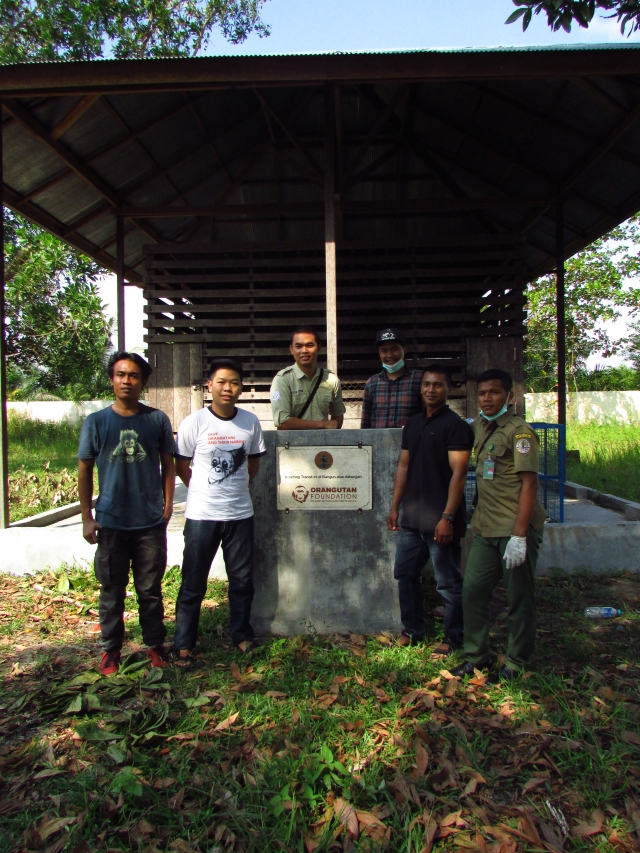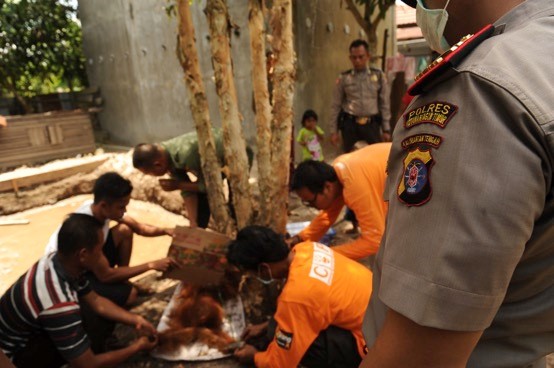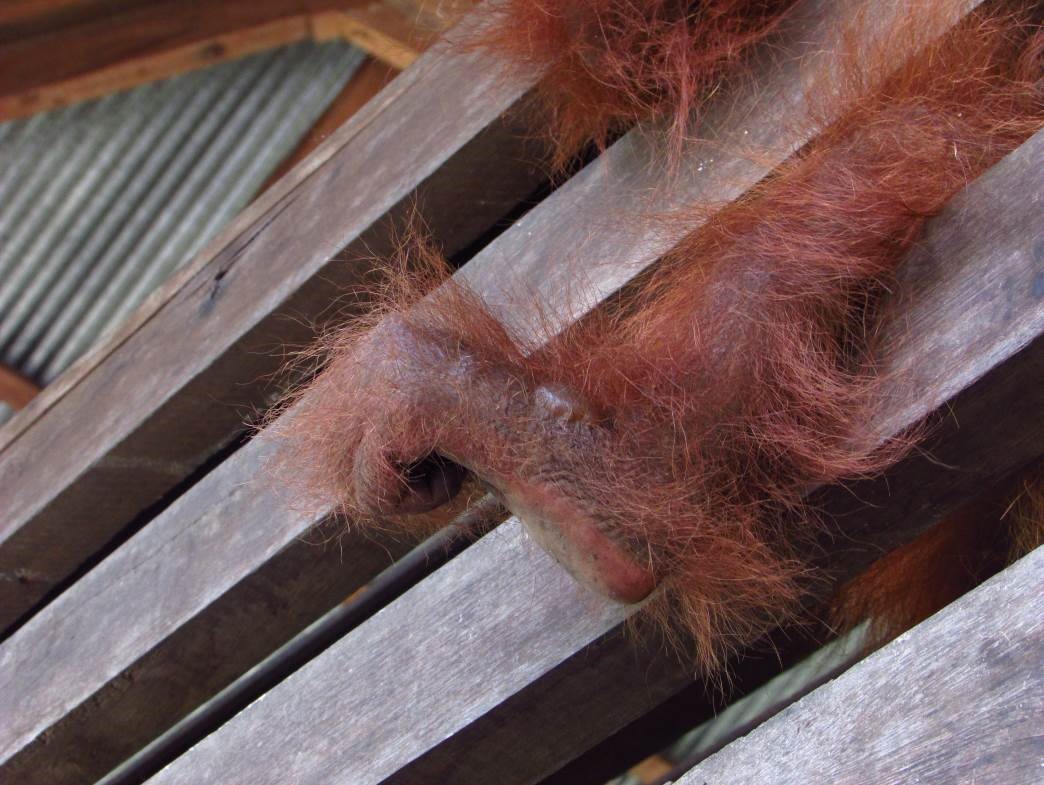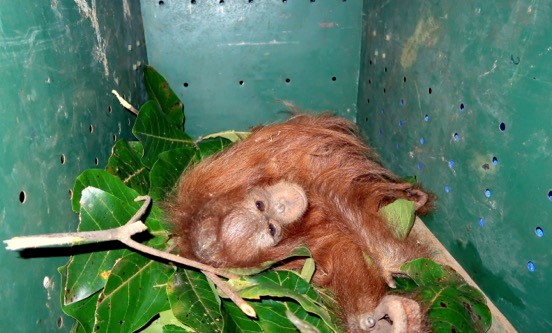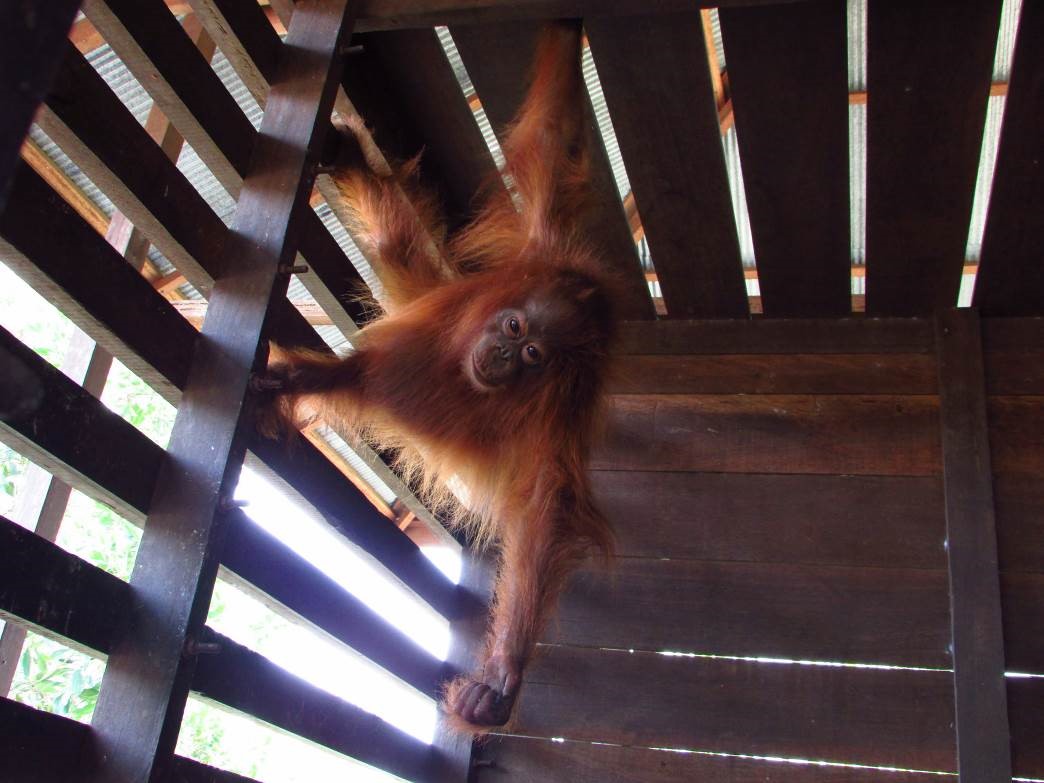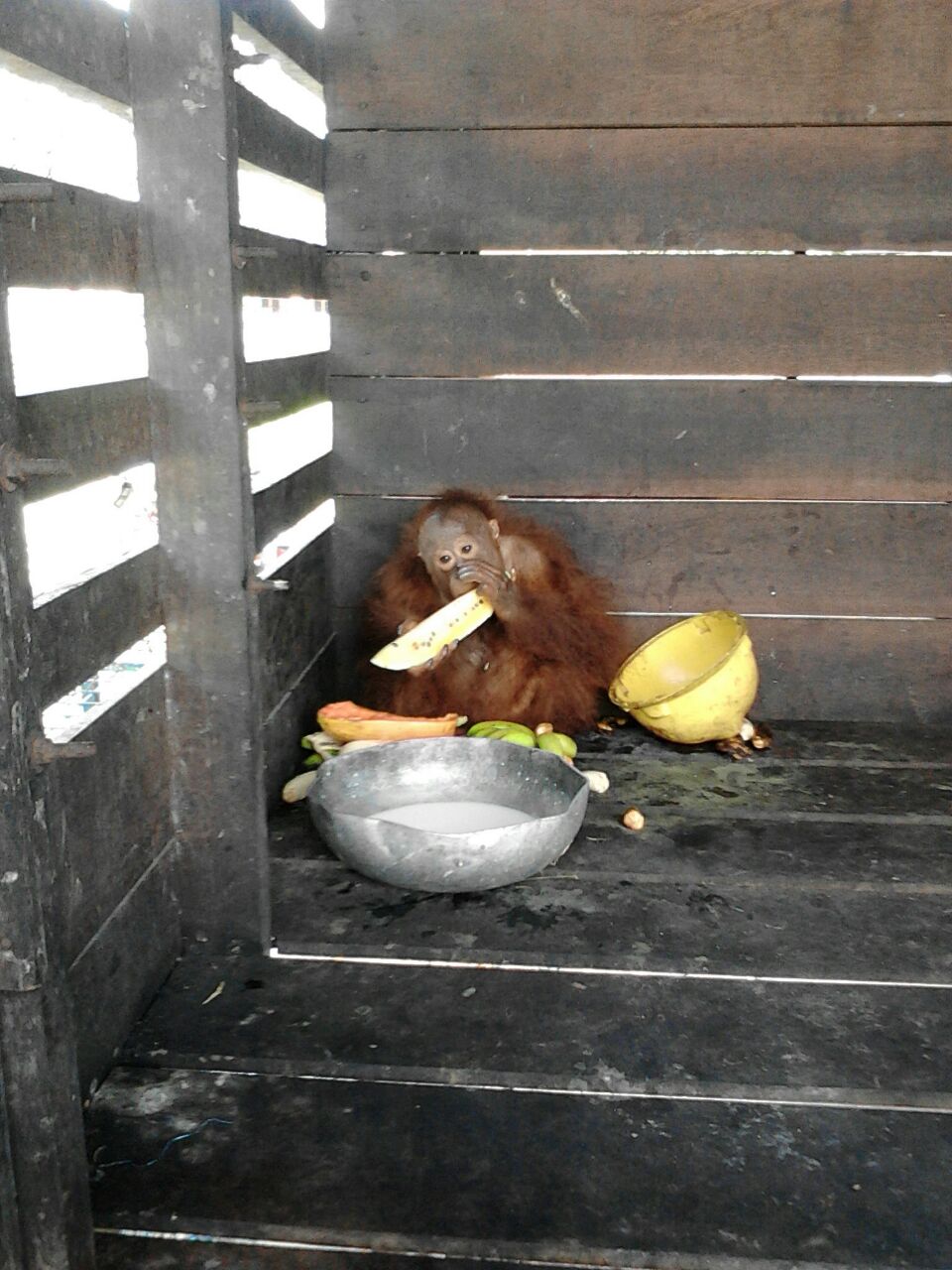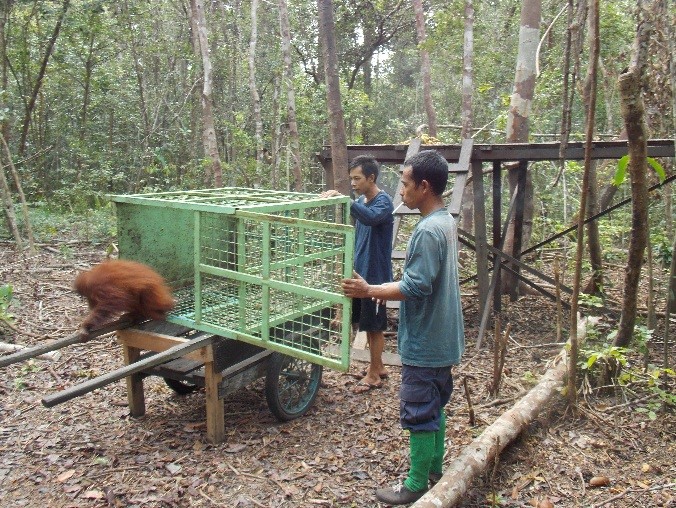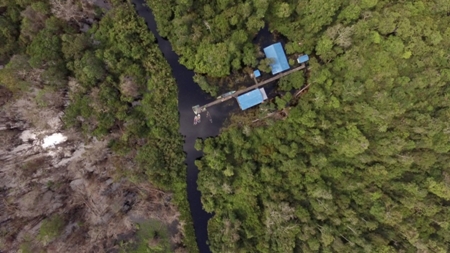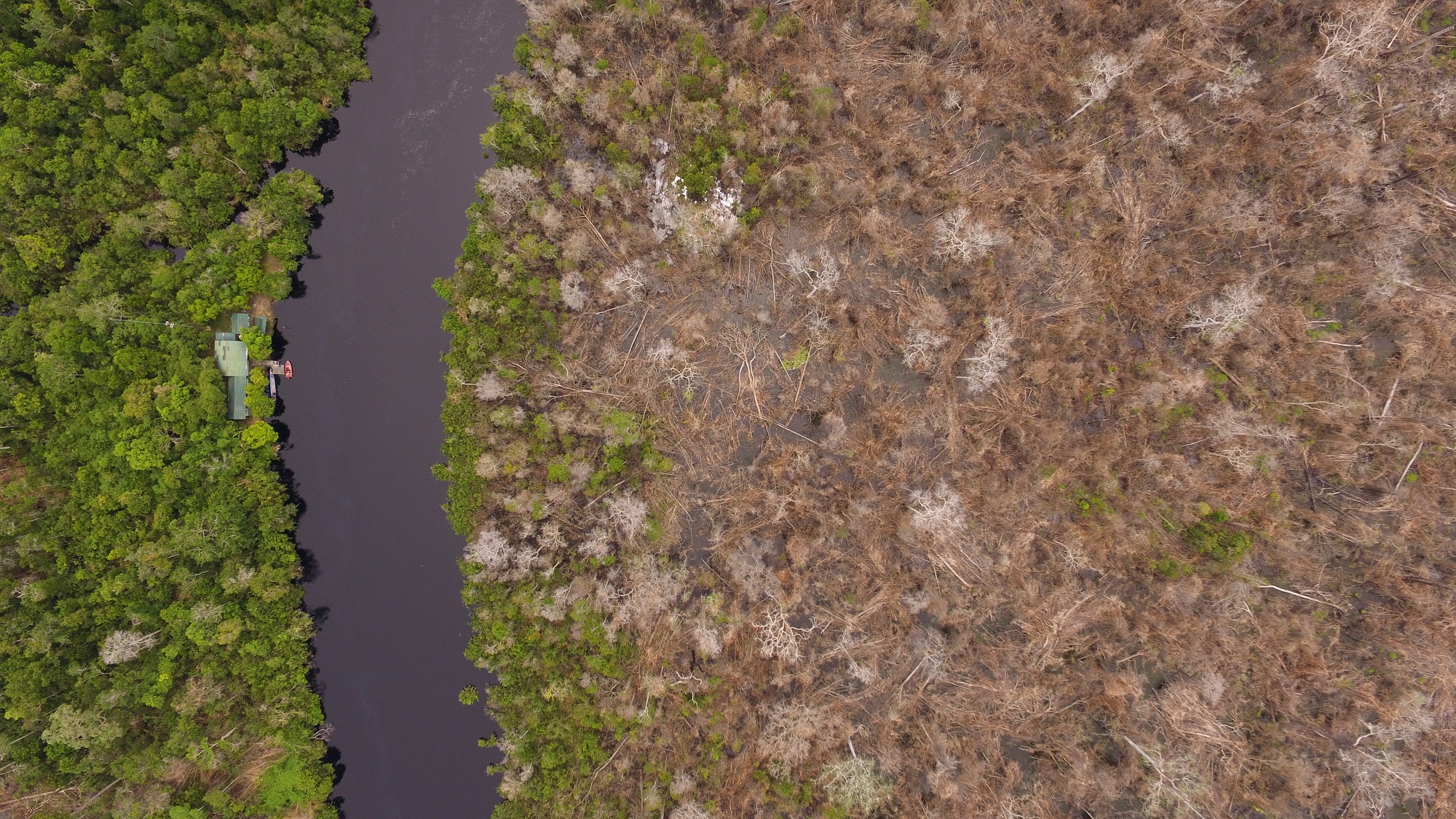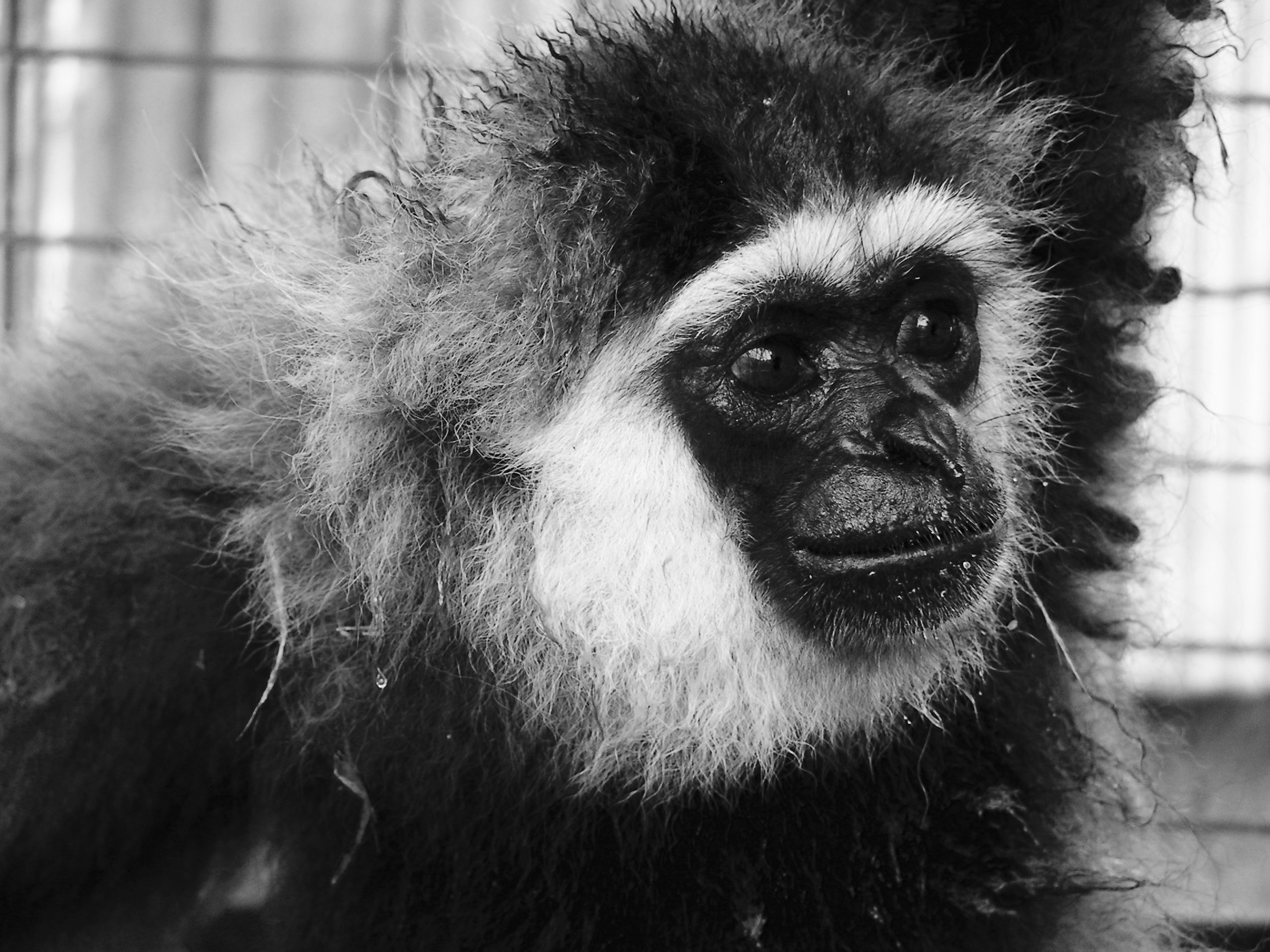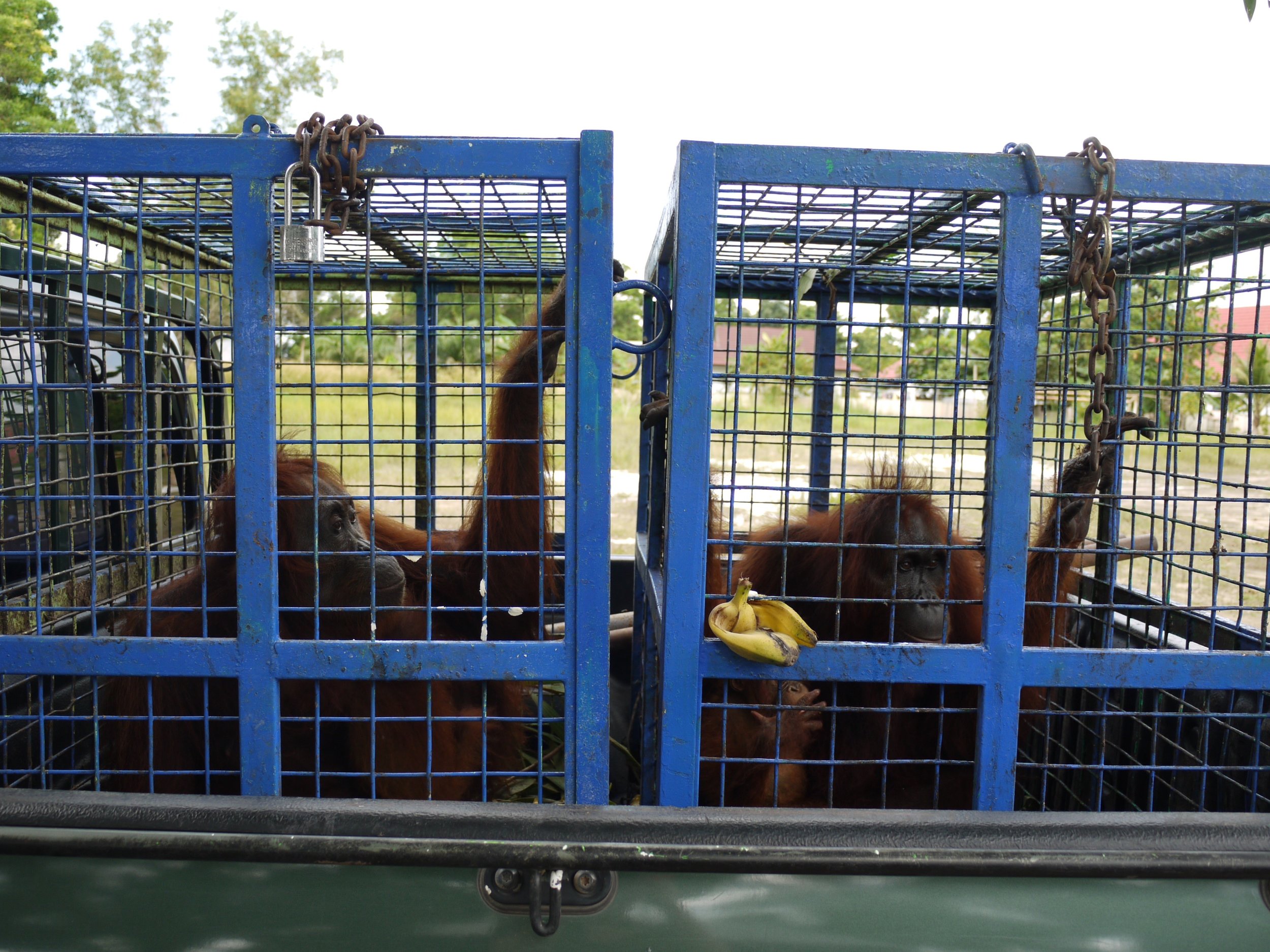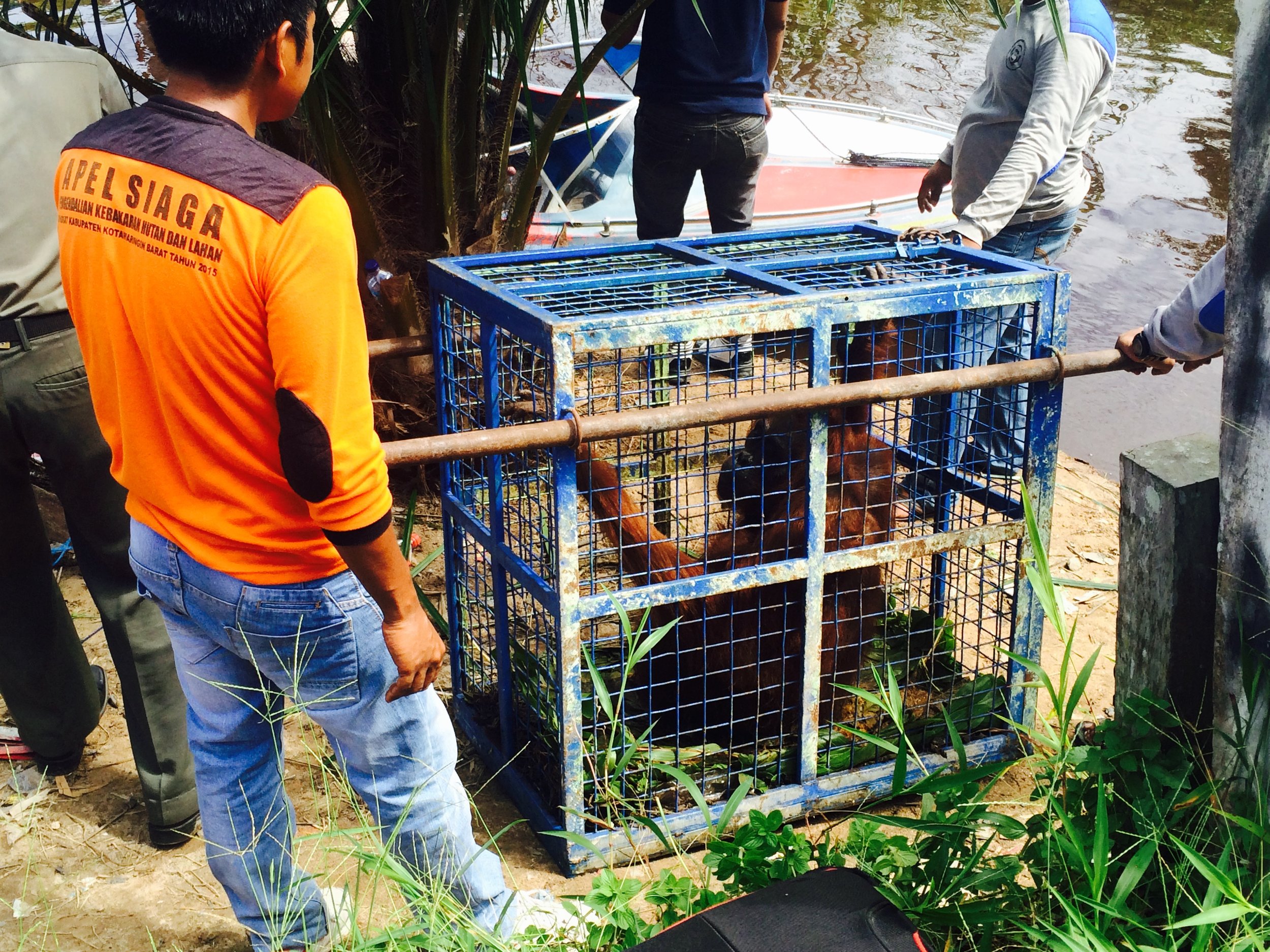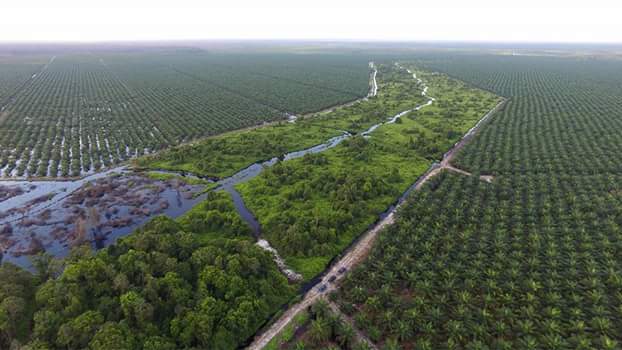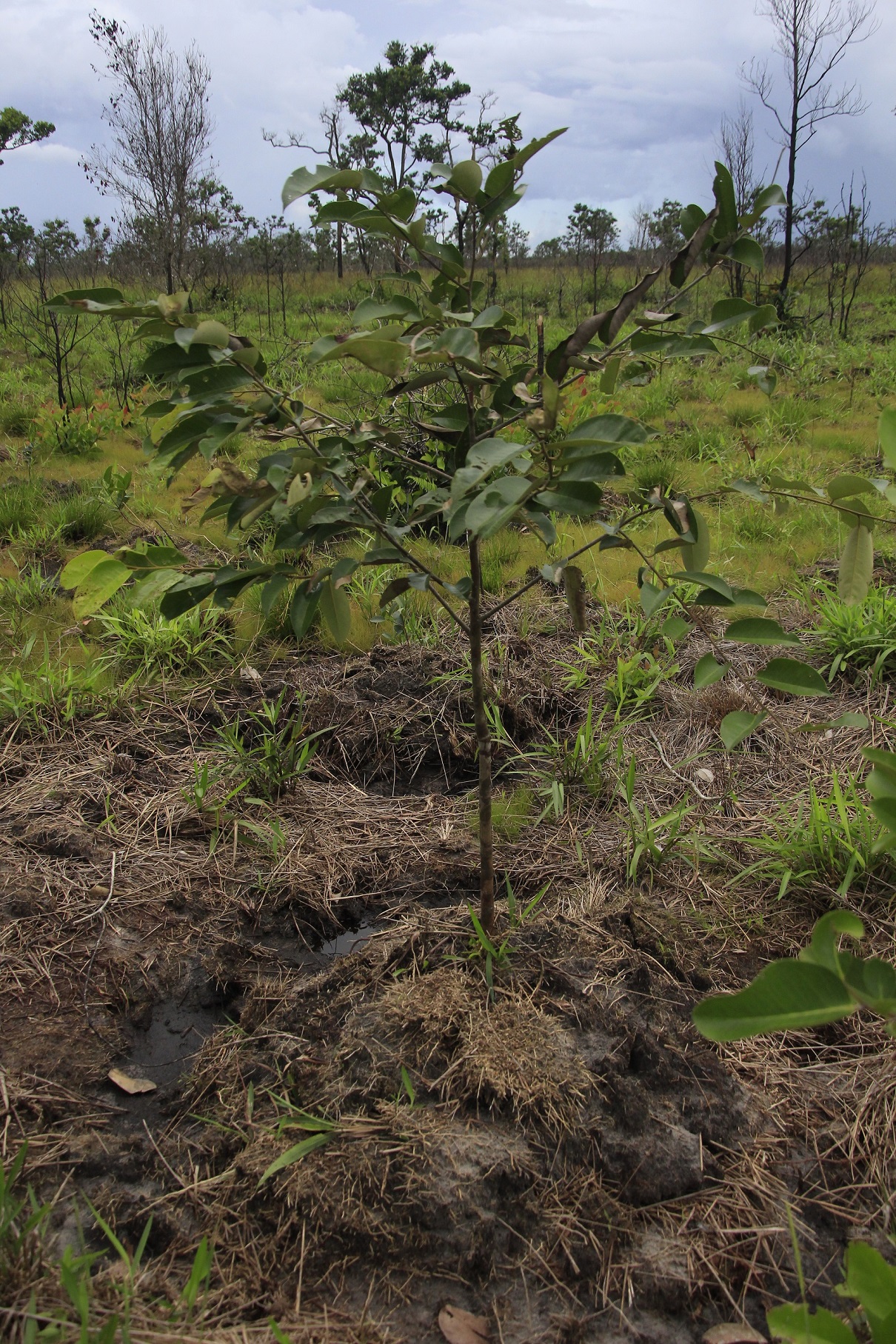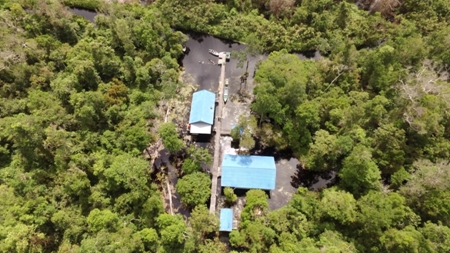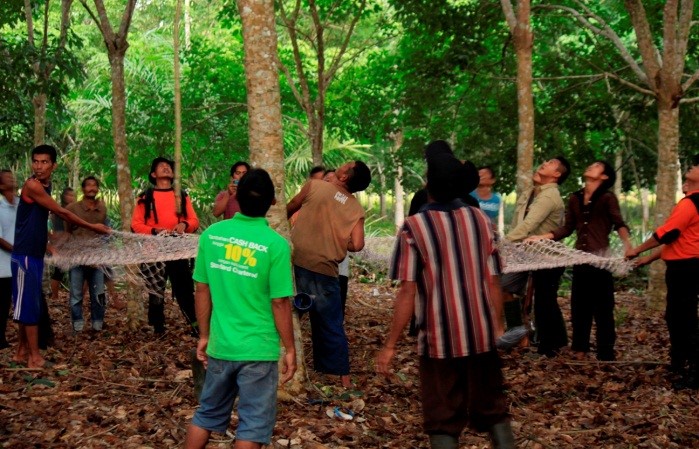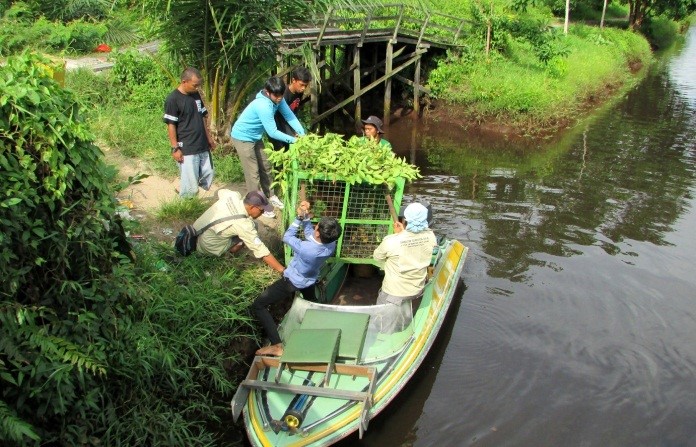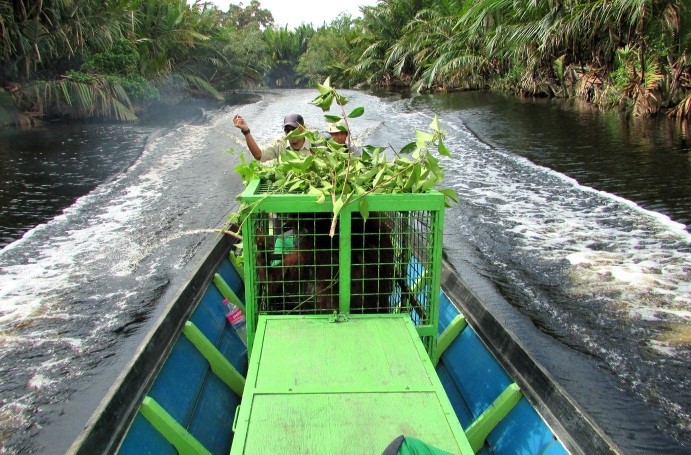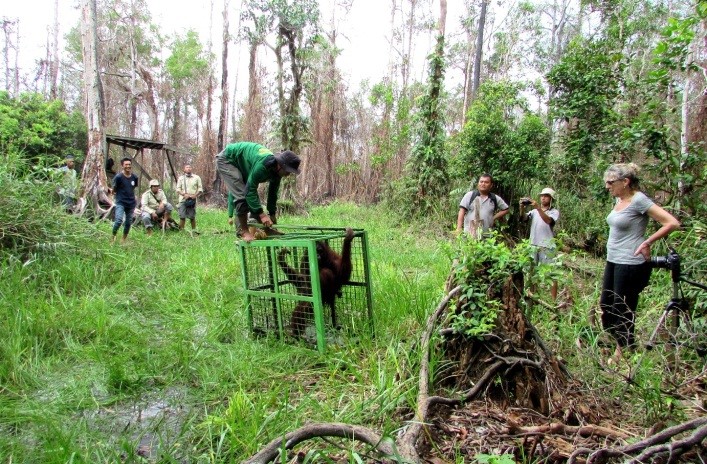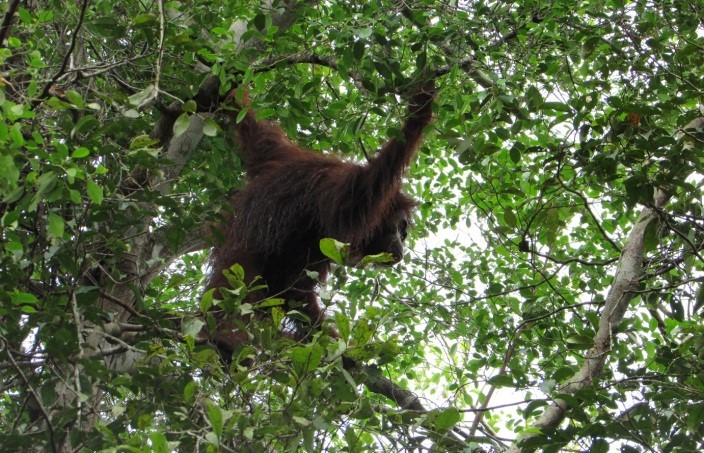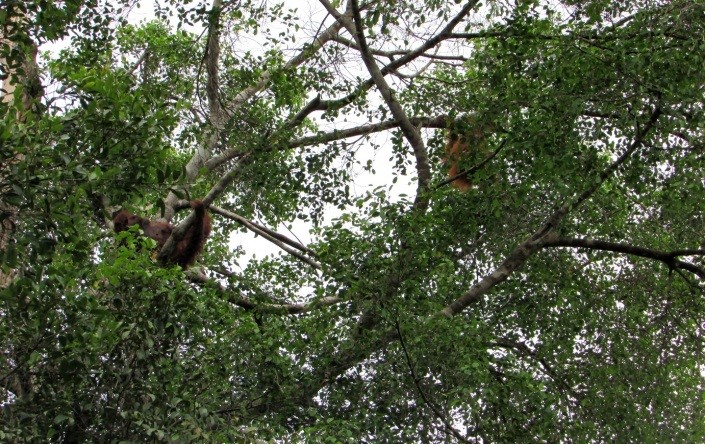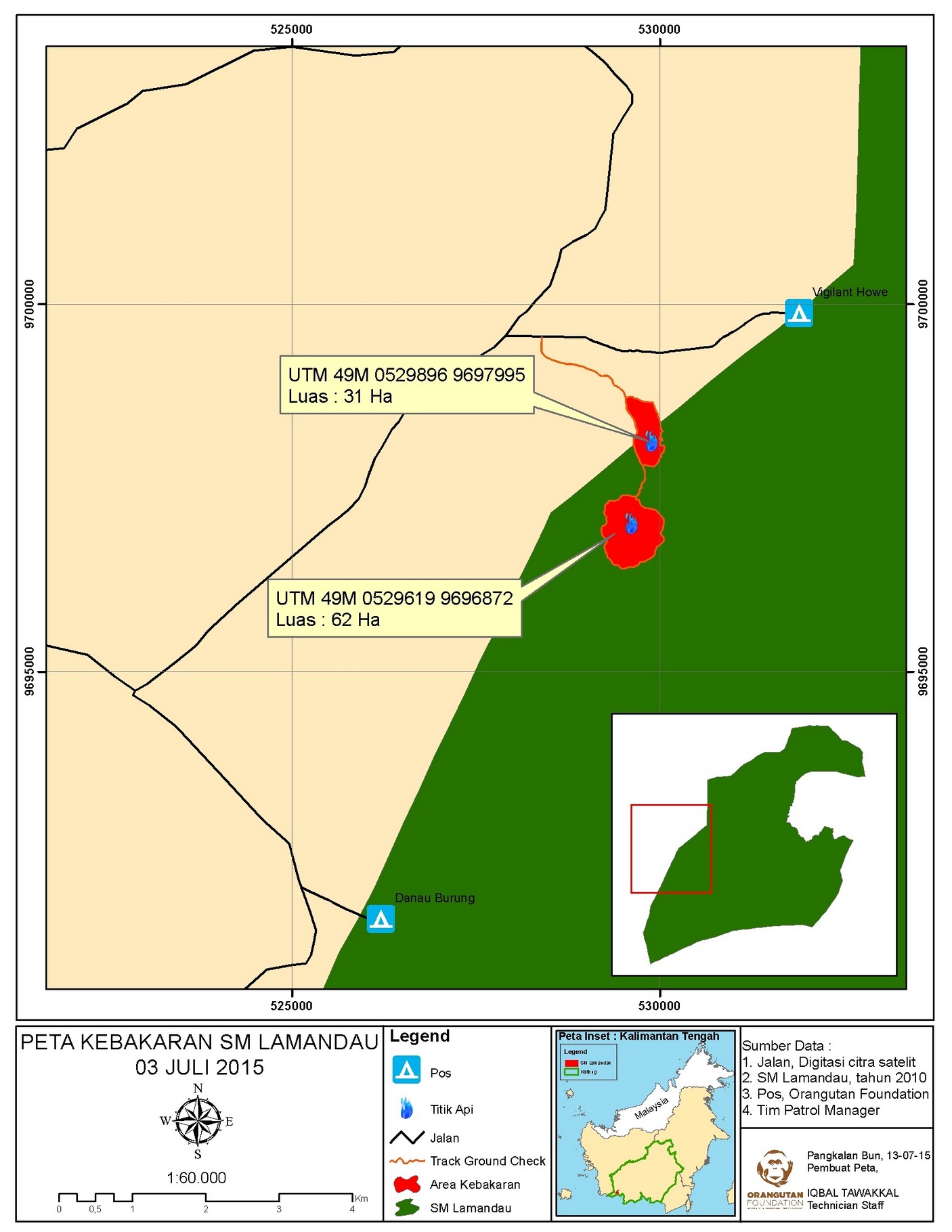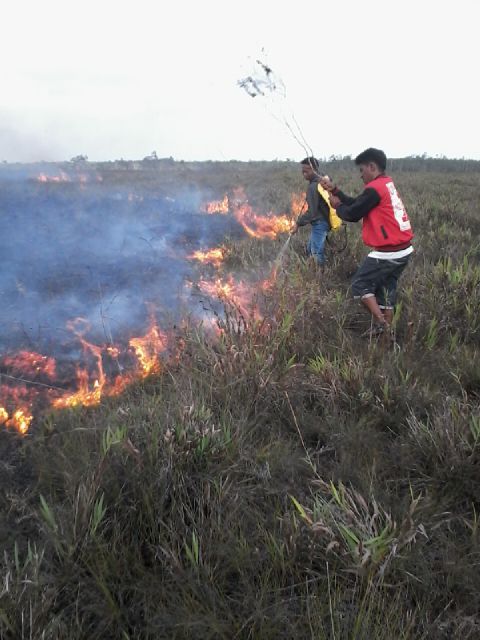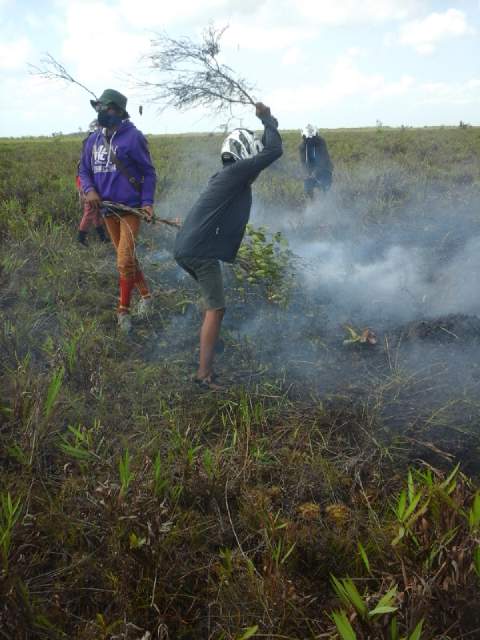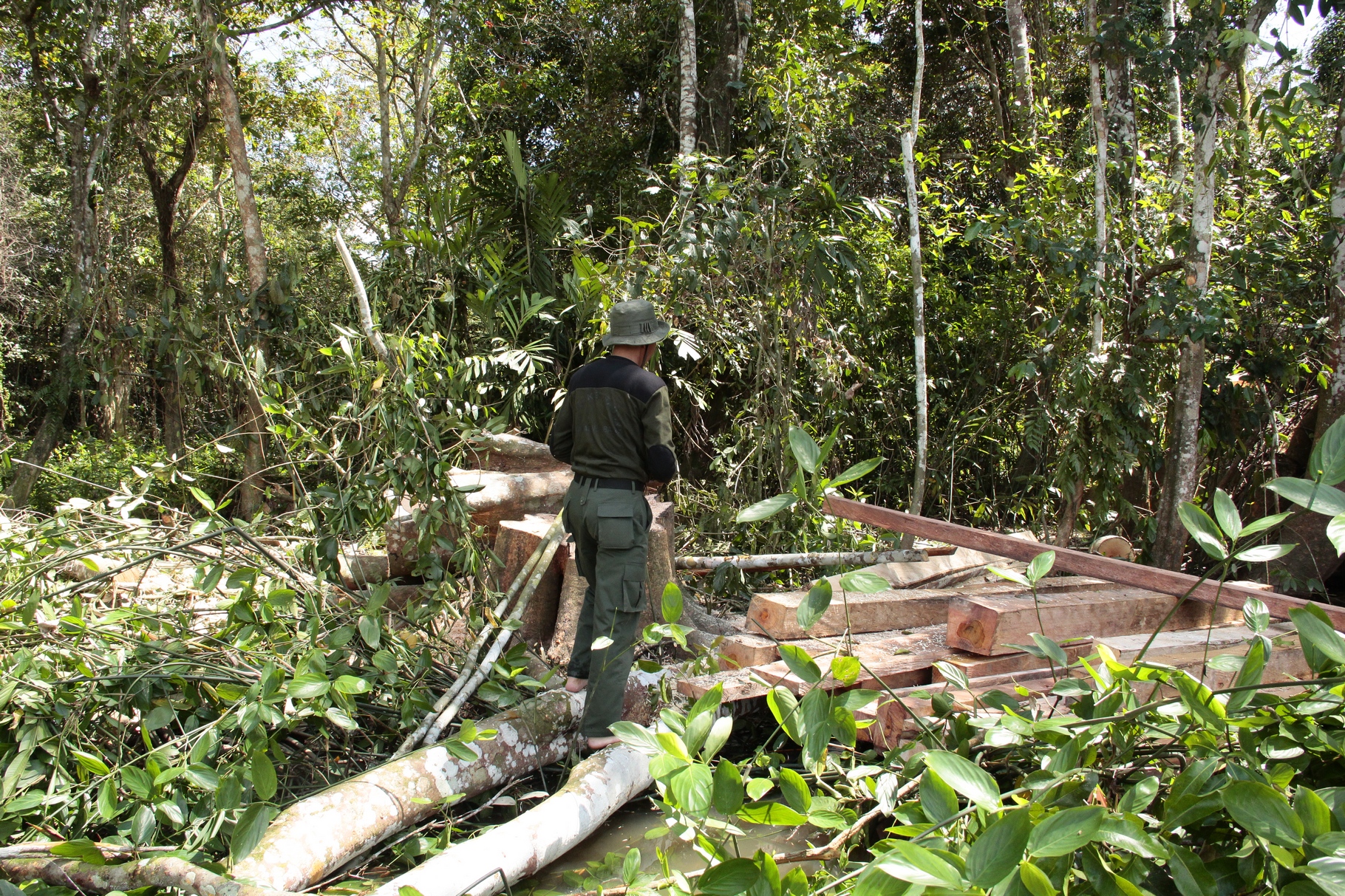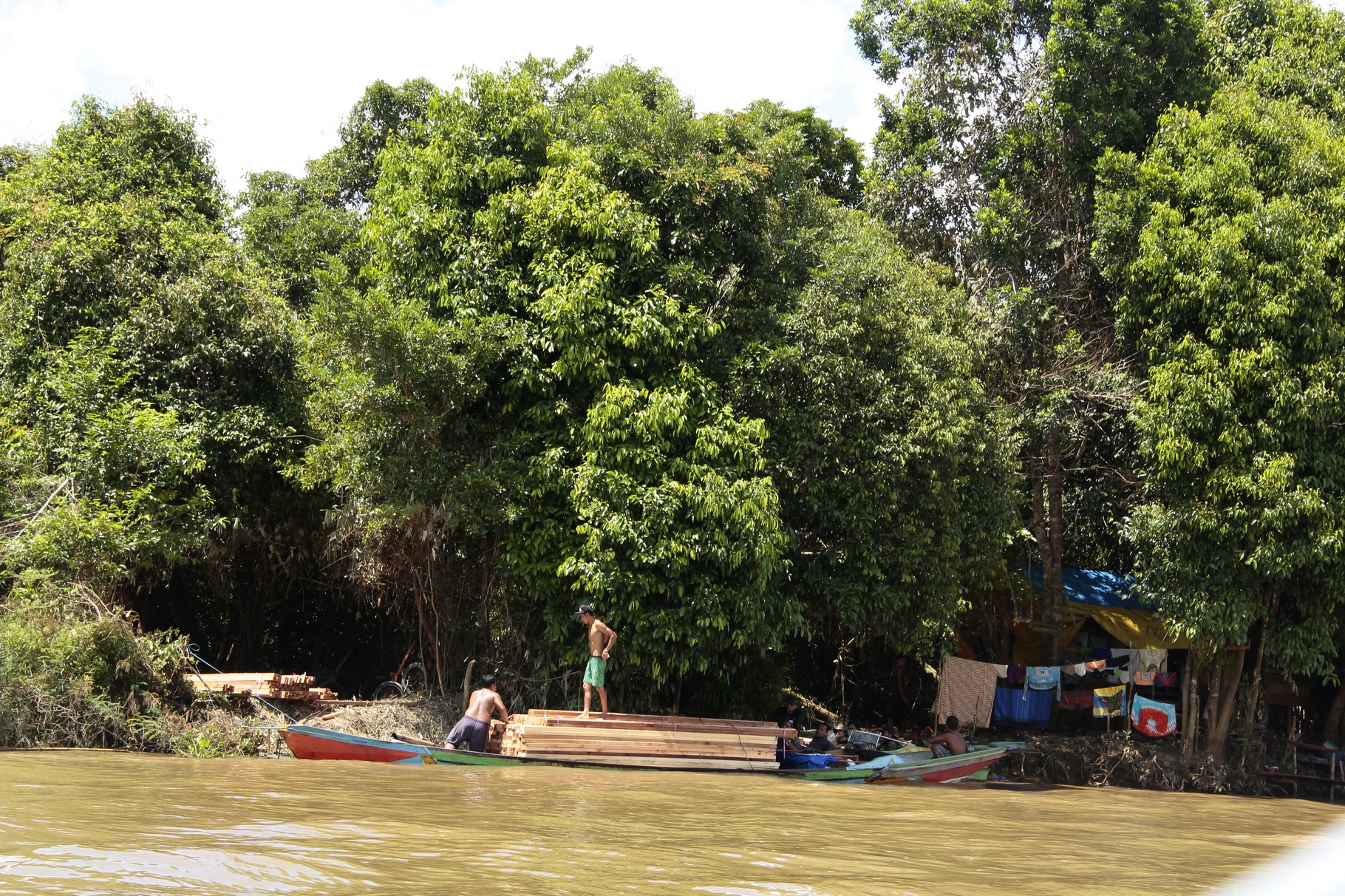This summer I had the unique opportunity to visit Central Kalimantan to see the area in which the Orangutan Foundation operates. I have been interning with the Foundation for 4 months, and I’m familiar with many of the areas they protect, although by name only. Therefore, it was a pleasure to see these landmarks in the flesh and meet the Indonesian team that work so hard to protect them.
The various camps are most easily reached via Kalimantan’s river systems. As I travelled down river by speedboat, the waterfront houses of Pangkalan Bun quickly turned into dense forest. Noteworthy sightswere various indicators of habitat loss, such as logs being transported towards the town. Kingfishers darted in front of the boat so fast that getting a good photo was impossible!

I first visited the site of the new guard post where this year’s volunteers were making excellent headway into its construction. The volunteers were a hardworking, dedicated bunch from all walks of life! They were all dedicated to the cause and felt genuine, collective concern for the threat of habitat loss, highlighted by the constant stream of reminders around them. They spoke of awaking to the sound of chainsaws, highlighting the need for a guard post in the area.
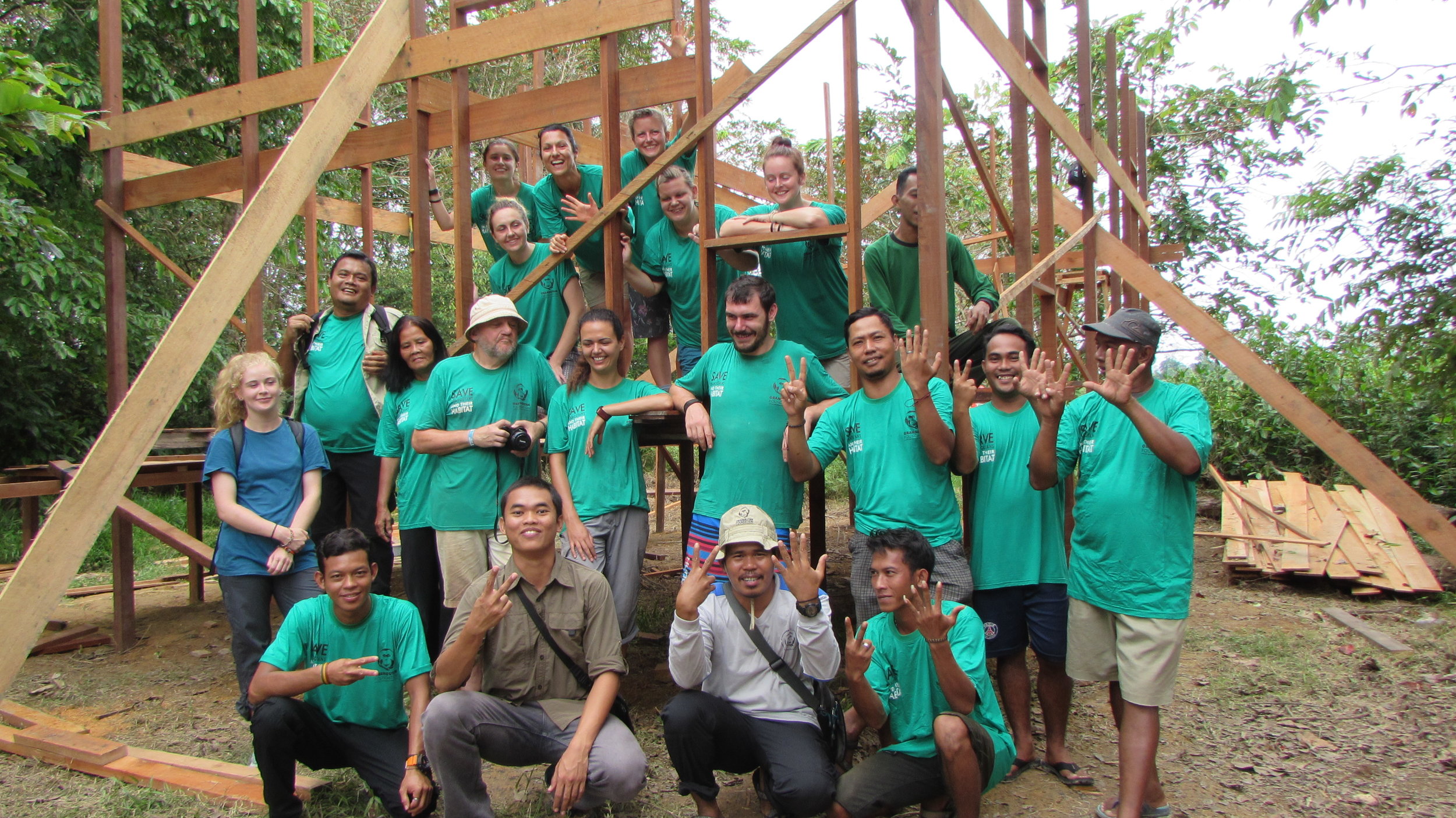
Afterward, I got to visit Camp Buluh. This is the current home of Sugih, a 5-year-old female who was rescued by OF, previously kept as a pet. Foundation staff informed me that she had made good progress, she was behaving as a wild orangutan should - encouraging news.

The next day was the volunteer’s day off, and I was lucky enough to join them to visit Camp JL, where Okto and Ketty are currently being cared for, and Camp Gemini. Okto and Ketty were a lively duo to watch, and really quite amusing, with Okto dropping to the ground at one stage and crossing his arms as if to say “I am not doing any more nest-building practice!”. Hopefully in time he’ll exhibit less of this behaviour, as wild orangutans are rarely seen on the forest floor.

Camp Gemini’s feeding station was a hive of activity; we saw many mothers with infants who inhabited the forest nearby. They began to crowd around with the promise of fresh fruit! We even saw a wild male, enticed by the fruit - and the females!
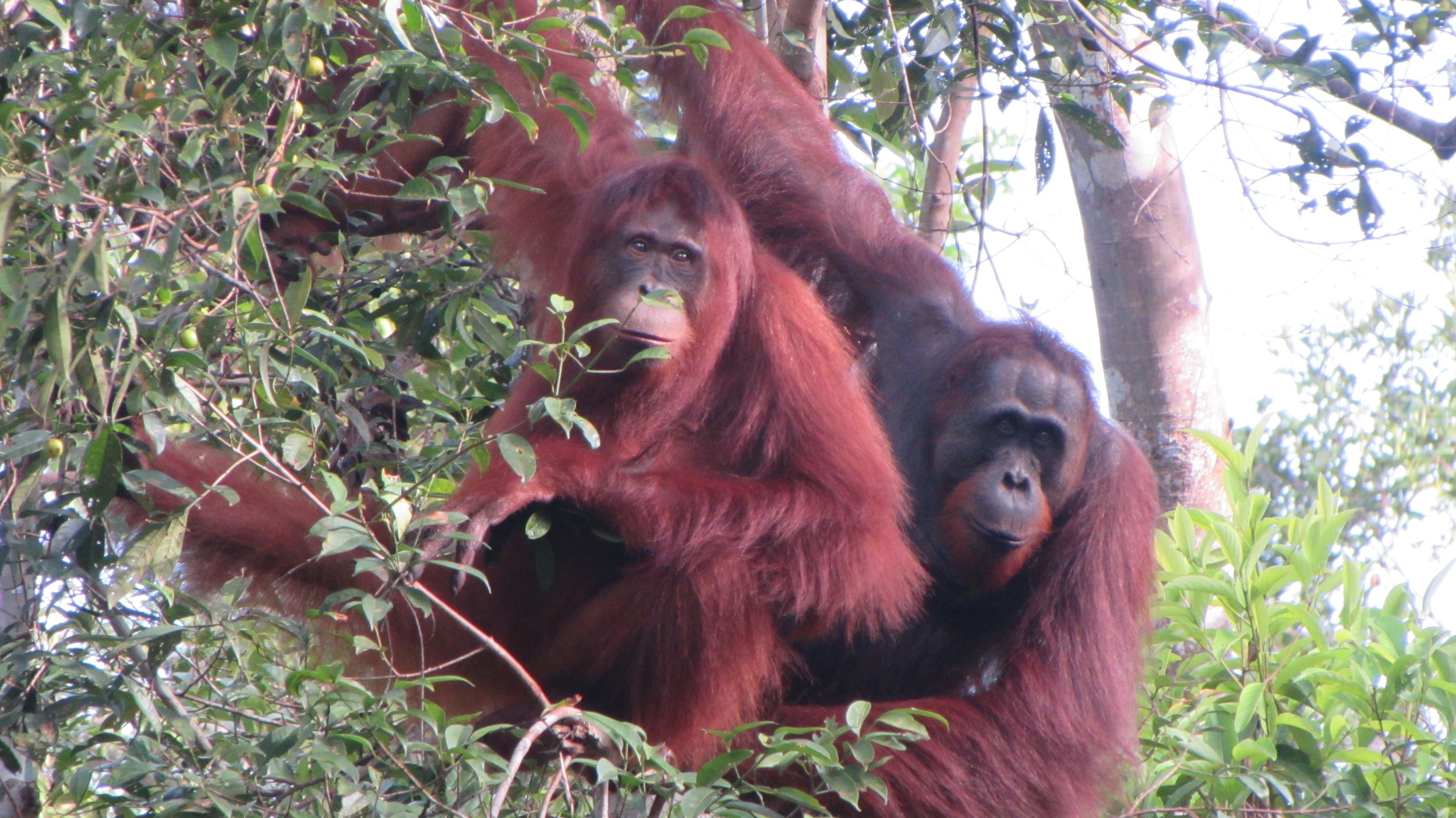
On my last day, I was taken to visit Pondok Ambung, the Foundation’s research station situated within Tanjung Puting National Park. There were 15 camera traps placed around this area which provided evidence of a plethora of wildlife who call this National Park home.
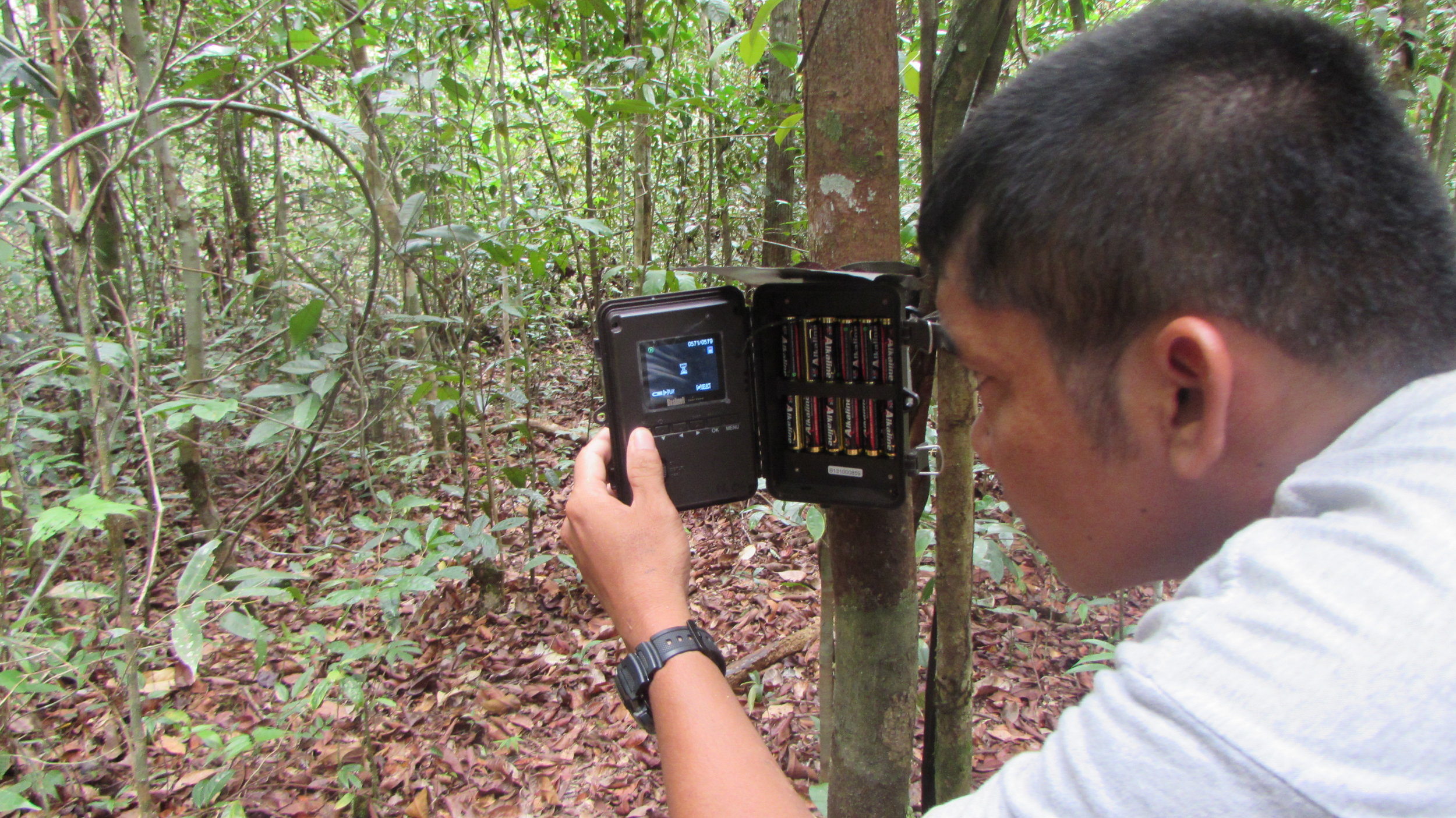
We then visited the famed Camp Leakey where I saw a gibbon amongst the orangutans visiting the feeding station, which moved too swiftly through the tree tops for a photo! The traffic caused by the tourist’s klotoks was really a sight to behold, displaying how popular this area has become with people from around the world.
The journey back to Kumai was magical, made so by numerous orangutans who had begun to make their nests by the river’s edge.

I had a fantastic time visiting this wonderland that so many orangutans call home. I would urge anybody who has not already done so to check out the various trips available to visit for themselves, particularly the Volunteer Programme (http://www.orangutan.org.uk/orangutan-tours). I’ve definitely received a ginger thumbs up from the orangutans in the area, as well as being made to feel very welcome by the excellent Indonesian staff members. Many thanks and hoping I’ll be back soon!



